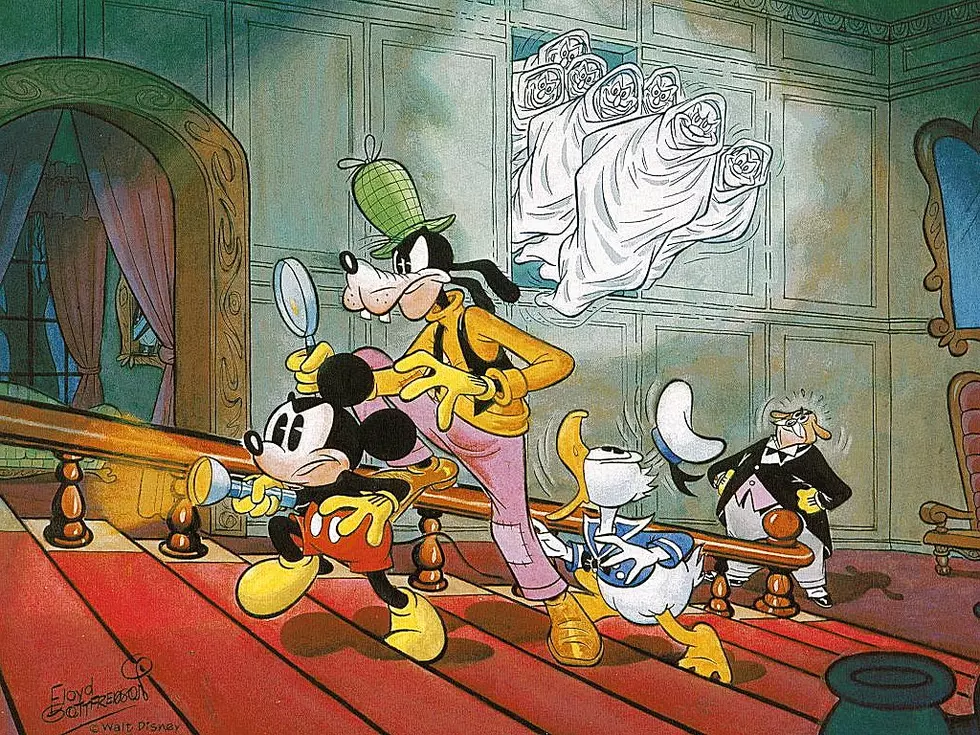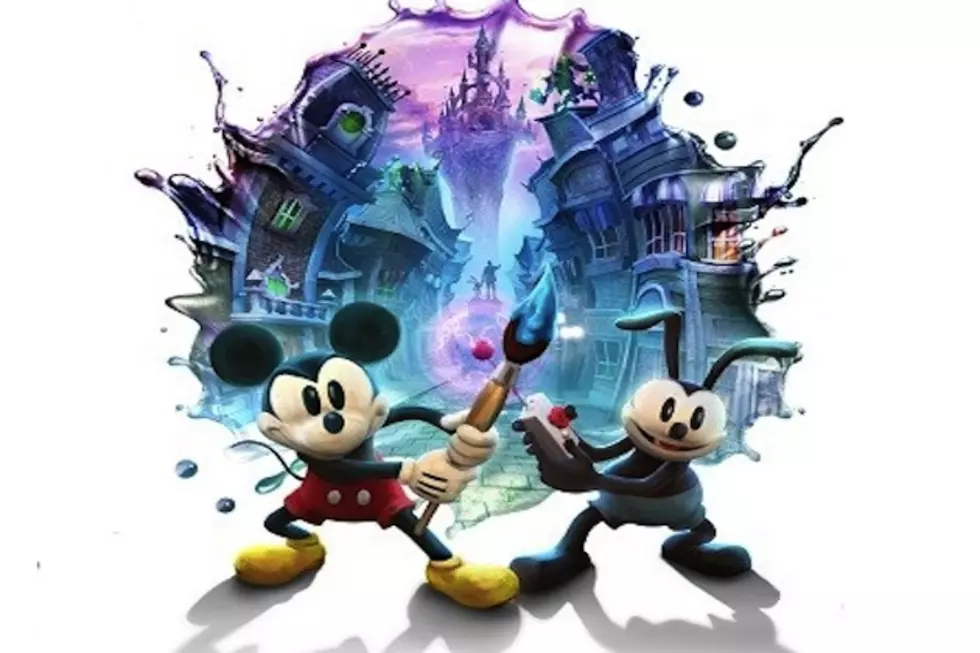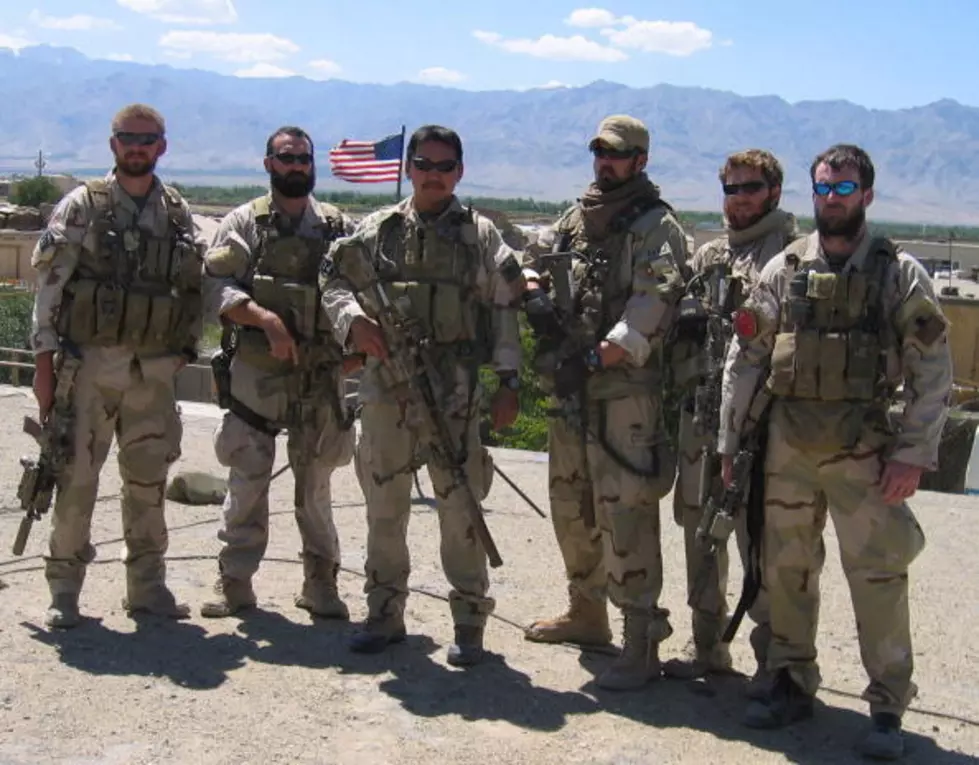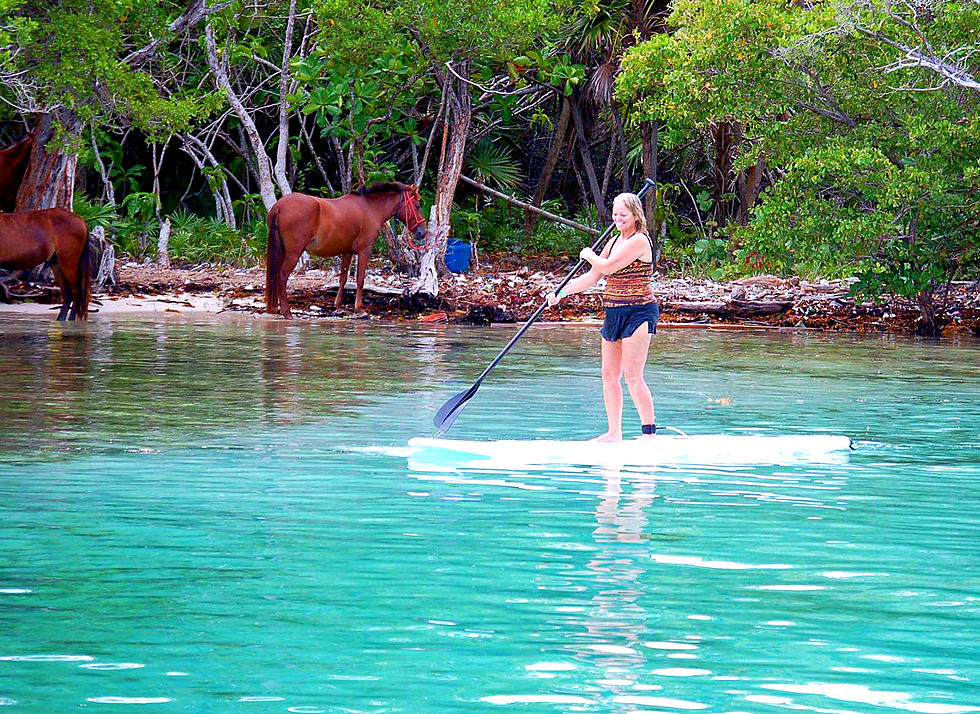
The Mouse That Floyd Built: Celebrating the Mickey Mouse Comic Strip
Between his debut in 1928's Steamboat Willie and the beginning of 1930, Walt Disney's Mickey Mouse had appeared in fifteen critically acclaimed and commercially successful short films --- so it should be no surprise that the high-powered world of newspaper comics soon came calling. King Features approached Disney about licensing the characters, and on January 13, 1930, the Mickey Mouse comic strip was born.
The earliest strips were written by Disney himself, with art by Mickey co-creator Ub Iwerks (the Bill Finger of Mickey Mouse) and inker Win Smith. In these early days, the stories were loose adaptations of Mickey shorts, such as Plane Crazy. After a few weeks, Iwerks departed the strip, and by May, Disney left as well, leaving Win Smith with the increased burden of first doing full art and then the prospect of scripting the strip as well. He promptly resigned.
This left Disney with the task of finding a replacement writer and artist for the strip to complete the story he himself had left in the middle of (later known as “Mickey Mouse in Death Valley”). He decided upon a recently hired animation in-betweener named Floyd Gottfredson. Gottfredson had been excited to work in animation and was somewhat reluctant to take the comics assignment. Disney assured him that the position was only temporary until a replacement could be found.
Gottfredson drew the strip for forty-five years.
During his time as, variously, penciller, inker, plotter, and scripter of the Mickey Mouse comic strip from 1930 until his retirement in 1975, Gottfredson took the strip and the character to amazing heights. While most modern fans might think of Mickey Mouse as simply a corporate mascot or the somewhat bland and unassuming protagonist of later-era films, Gottfredson's Mickey was a New Deal-era, Horatio Alger-style scrapper, repeatedly showing that, despite his small size, he could easily put bullies in their place while shouting things like, "Now I'm gonna break you with my naked hands!"
Over time, the Mickey strip would dip in and out of various genres with ease. Mickey would one day be saving Minnie's uncle's cattle ranch, the next flying a mail plane, prowling haunted castles, solving mysteries, busting ghosts, fighting Nazis and mad scientists, or simply facing the day to day realities of suddenly finding yourself the owner of a rogue elephant.
First by himself, and later with scripters such as Bill Walsh, Gottfredson would develop the characters of Mickey and Minnie and their supporting cast — first Clarabelle Cow and Horace Horsecollar, later Goofy — and villains like Peg-Leg Pete, as well as introducing new characters, largely forgotten now but very popular at the time, such as Mickey's pal Butch, his horse Tanglefoot, and future humanoid Eega Beeva. Gottfredson is also, of course, responsible for the most famous Mickey comic story of all time “Mickey Mouse Outwits the Phantom Blot.”
(For superhero fans, imagine that “The Phantom Blot” is to Mickey what The Dark Knight Returns is for Batman. Not in terms of theme or plot, but in the way that later creators keep going back to that well, trying to recapture its magic.)
Over the course of other such notable stories as “Island in the Sky,” “Blaggard Castle,” “Mickey Mouse and the 'Lectro Box,” and “The Seven Ghosts,” Gottfredson and his collaborators established Mickey Mouse as an adventure strip almost without peer.
Unfortunately, by 1955, Disney decided to change the strip to a gag-a-day format, and despite the continued involvement of Gottfredson and Walsh, the strip was a shadow of its former self. By the 1990s, award-winning animator Floyd Norman was writing the strip and made an attempt to return it to its adventure serial glory, but didn't get far before Disney's contract with King Features expired and the strip was canceled.
The good news for fans of Action Mickey is that longer adventure serials continued in the pages of the Mickey Mouse features in Walt Disney's Comics and Stories by artists such as Paul Murry and a host of Italian talents, including perhaps most notably Romano Scarpa.
We should take a moment to note that Mickey strips from the '30s and '40s, like Tintin, definitely fall into the category of problematic faves, with occasionally archaic approaches to such topics as race and suicide. That said, the strip is worth a look, especially in the beautiful series of collections from Fantagraphics.
Recent years have seen the return of the original “pie-eyed” Mickey aesthetic in merchandising and the current (wonderful) Mickey Mouse shorts, as well as an increasingly scrappy attitude for Mickey in the Epic Mickey video game franchise. One can only hope this trend leads to a return of the glory days of the Gottfredson Mickey.
More From KEAN 105








